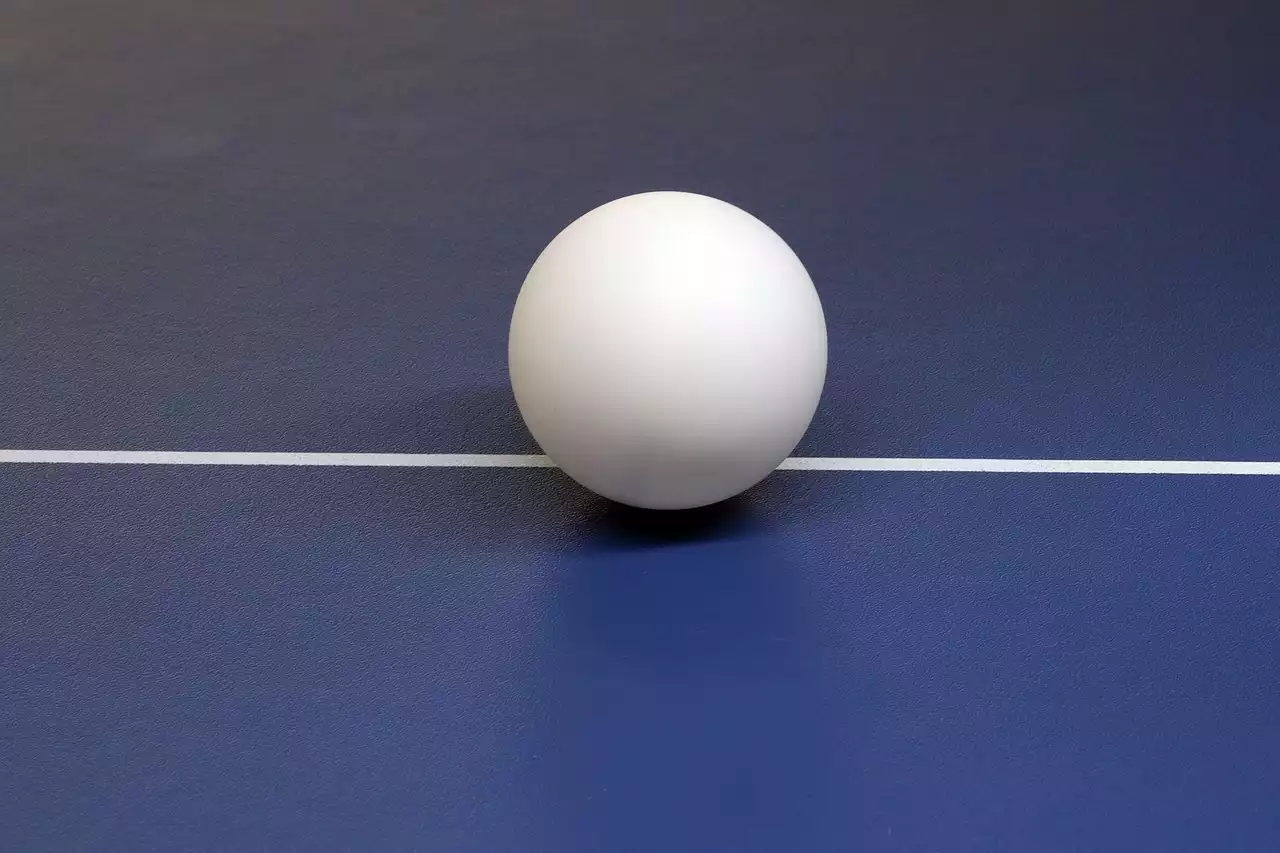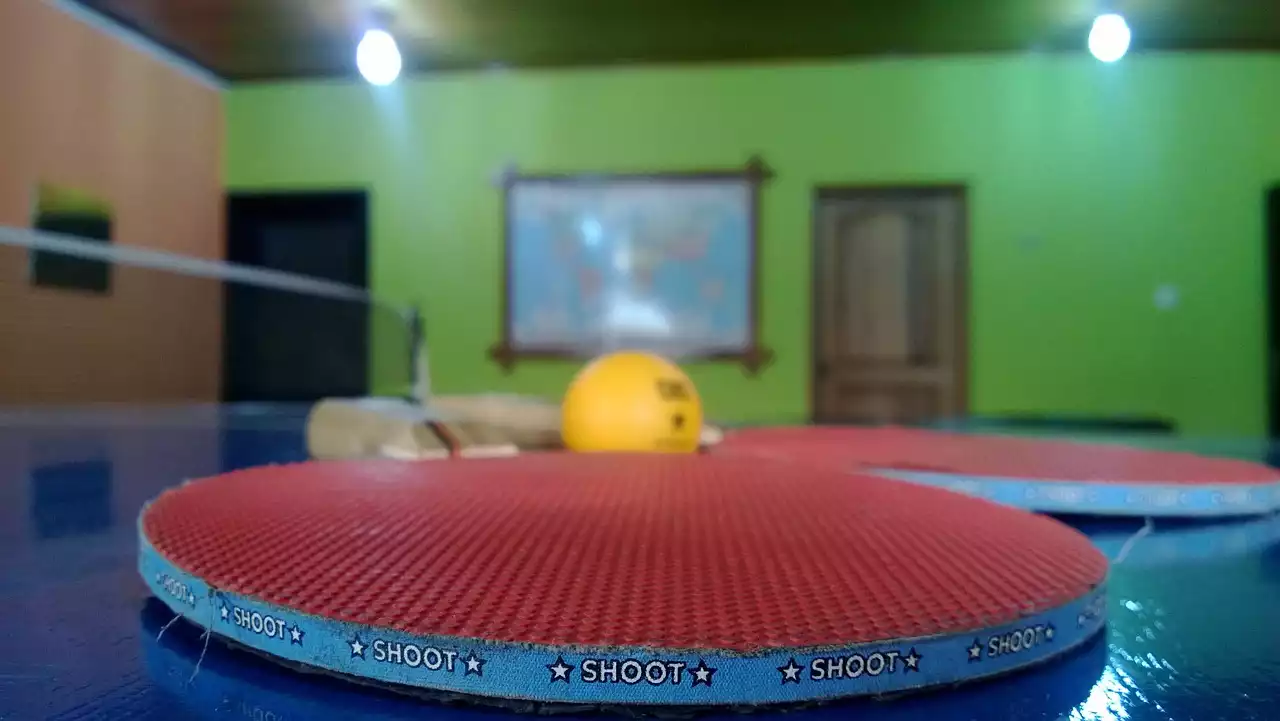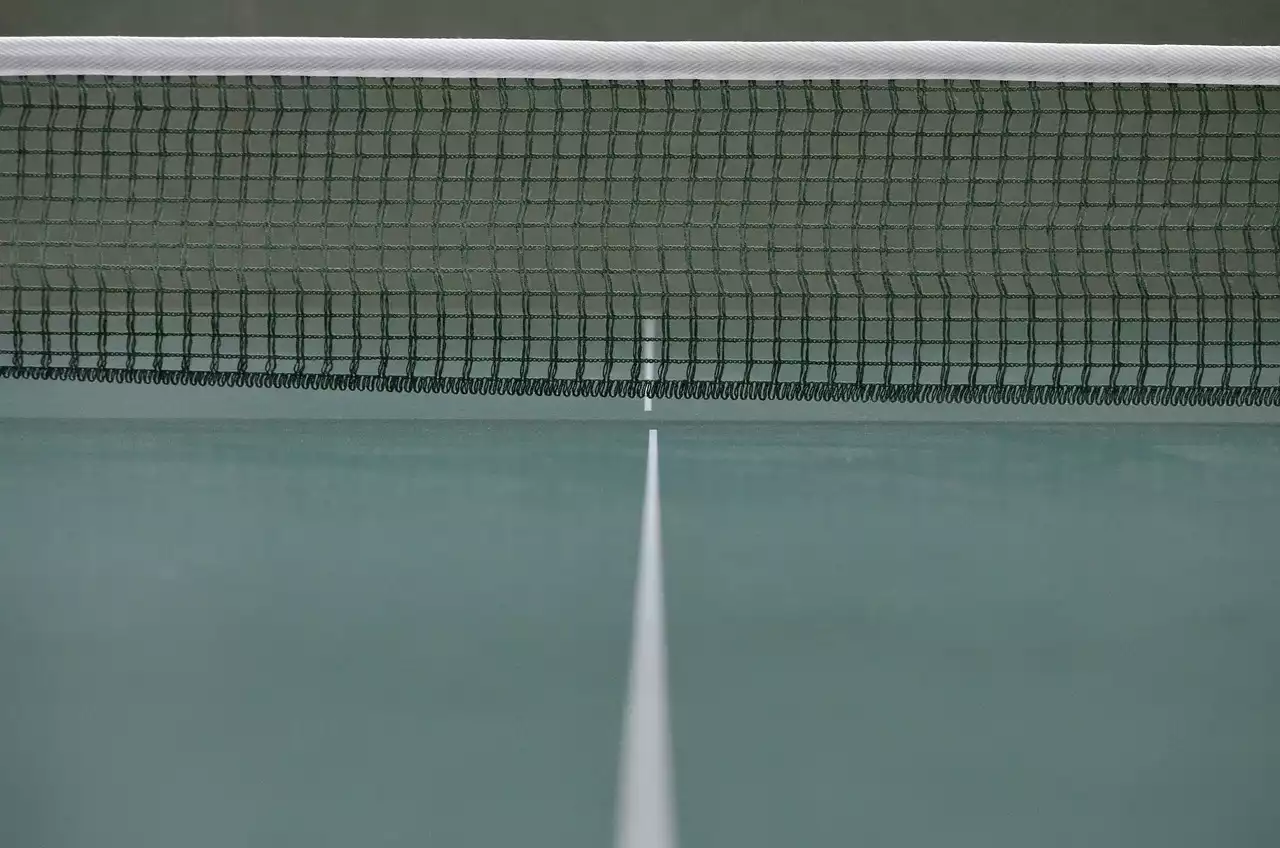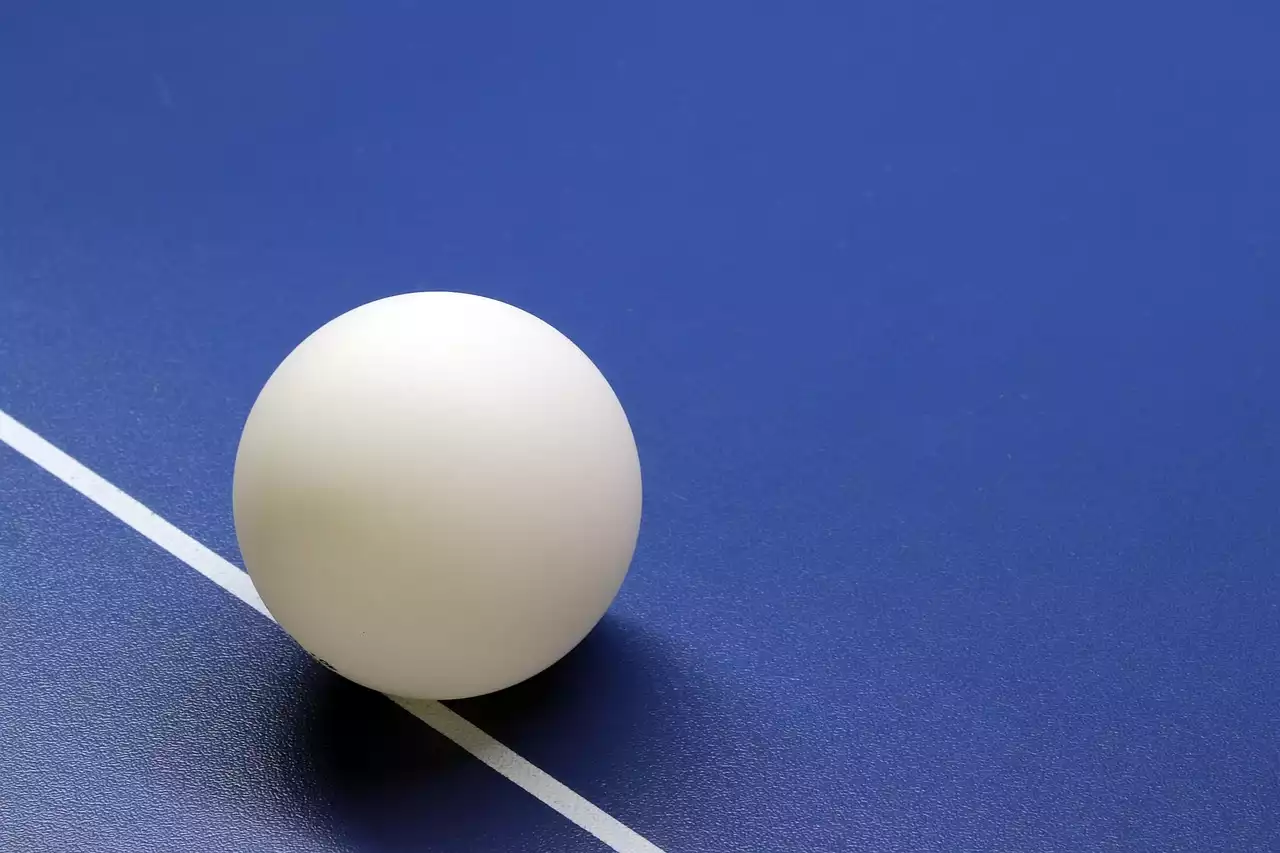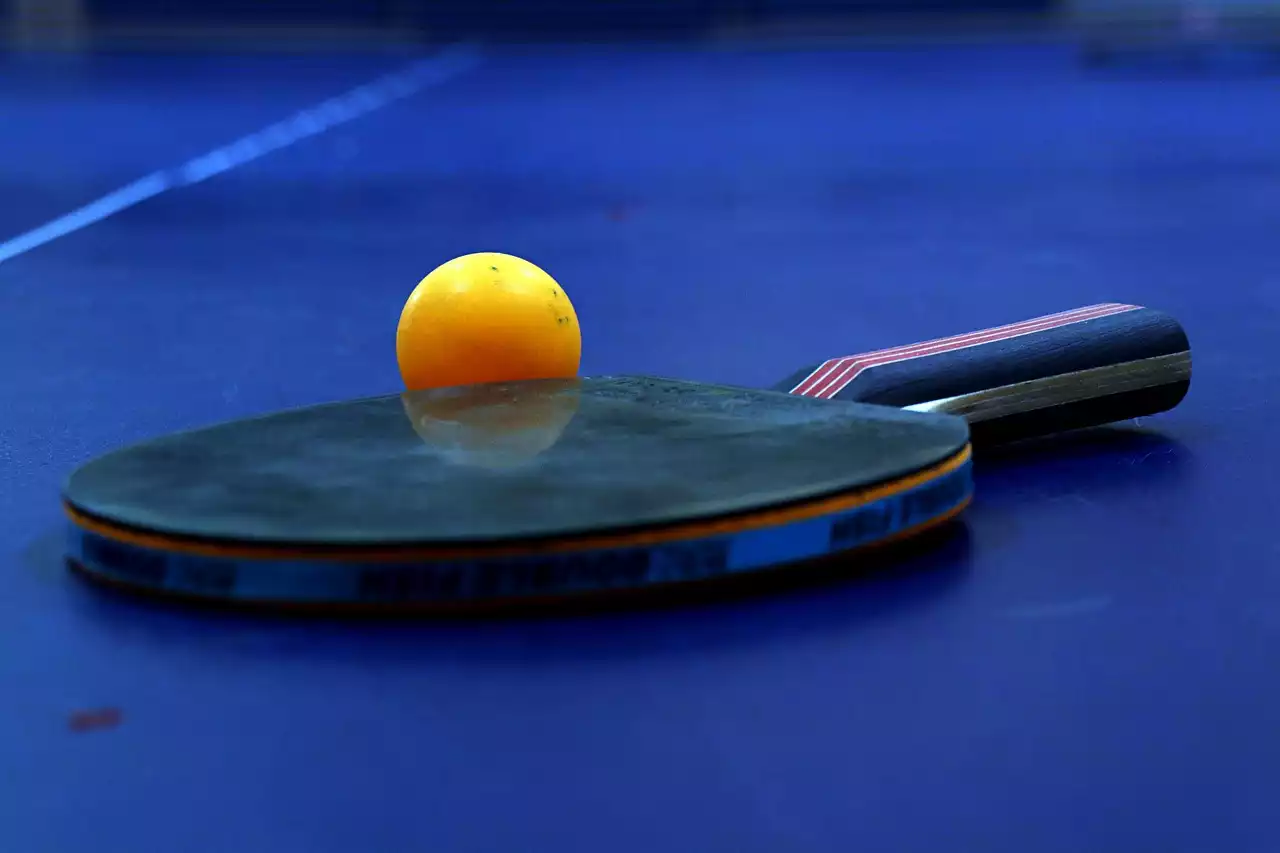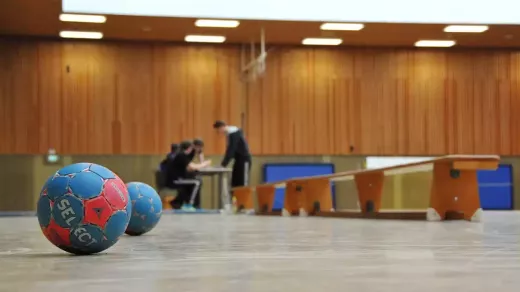The importance of size in table tennis balls
When it comes to table tennis balls, size matters. The International Table Tennis Federation (ITTF) has set strict regulations regarding the dimensions of these balls to ensure fair play and consistent gameplay. According to the ITTF, a standard table tennis ball must have a diameter of 40mm. This might seem like a small detail, but it has a significant impact on the game. The uniform size allows players to predict the ball's trajectory accurately and make split-second decisions during intense rallies. Additionally, the small size of the ball adds to the game's challenge, requiring players to have precise control over their shots to keep the ball in play.
The size of the ball also affects the speed and spin it can generate. A larger ball would be slower due to increased air resistance, while a smaller ball would be faster. The 40mm diameter strikes the right balance between speed and control, making the game exciting and allowing players to showcase their skills.
Understanding the weight of table tennis balls
In addition to size, the weight of a table tennis ball plays a crucial role in its performance. The ITTF regulations state that a standard table tennis ball should weigh 2.7 grams. The weight of the ball affects its bounce, trajectory, and the amount of spin it can generate. A lighter ball tends to bounce higher and faster, making it more challenging to control. On the other hand, a heavier ball offers more stability and control, but it may not generate as much speed or spin.
The role of material in table tennis balls
Table tennis balls are made from a specific type of plastic known as celluloid. Celluloid was the standard material for table tennis balls for many years due to its ideal combination of durability and bounce. However, in recent years, the ITTF has mandated a transition to a new material called plastic polymer to address environmental concerns. The plastic polymer offers similar characteristics to celluloid while being more environmentally friendly.
The science behind the bounce of table tennis balls
The bounce of a table tennis ball is a result of its elasticity and the energy transfer between the ball and the table surface. When the ball hits the table, it compresses slightly, storing energy. As it rebounds, the stored energy is released, propelling the ball into the air. The height and speed of the bounce depend on the ball's elasticity, which is influenced by factors such as material composition and temperature. The ITTF has specific requirements for the bounce of table tennis balls to ensure consistency and fairness in the game.
The impact of table tennis ball characteristics on gameplay
The size, weight, material, and bounce characteristics of table tennis balls have a significant impact on gameplay. The choice of ball can affect the speed, spin, and control of shots, influencing players' tactics and strategies. For example, a lighter ball may favor aggressive players who rely on speed and spin, while a heavier ball may benefit defensive players who prioritize control and placement. Understanding these characteristics allows players to adapt their playing style and optimize their performance.
Regulations and standards for table tennis balls
To maintain fairness and consistency in table tennis, the ITTF has established strict regulations and standards for table tennis balls. These regulations cover aspects such as size, weight, material, and bounce. Any ball used in official competitions must meet these standards to ensure a level playing field for all players. Additionally, manufacturers must adhere to these regulations to produce table tennis balls that are approved for professional play.
Choosing the right table tennis ball for your game
With a wide variety of table tennis balls available in the market, choosing the right one for your game can be overwhelming. Factors such as skill level, playing style, and personal preference should be considered when selecting a ball. Beginners may opt for a slower ball with more forgiveness, while advanced players may prefer a faster ball that offers greater control and spin. It's also essential to consider the table surface and environmental conditions, as these can influence the ball's performance. Experimenting with different balls and seeking advice from experienced players can help find the perfect match for your game.
Table tennis ball maintenance and care
Proper maintenance and care of table tennis balls can extend their lifespan and ensure consistent performance. After each use, it's crucial to clean the balls to remove dirt and debris that can affect their bounce and trajectory. Simple techniques like wiping the balls with a clean cloth or using a specialized cleaning solution can help keep them in optimal condition. It's also important to store the balls in a cool, dry place to prevent warping or damage. Regular inspection for cracks or deformities is recommended, as damaged balls should be replaced to maintain fair play and prevent injuries.
